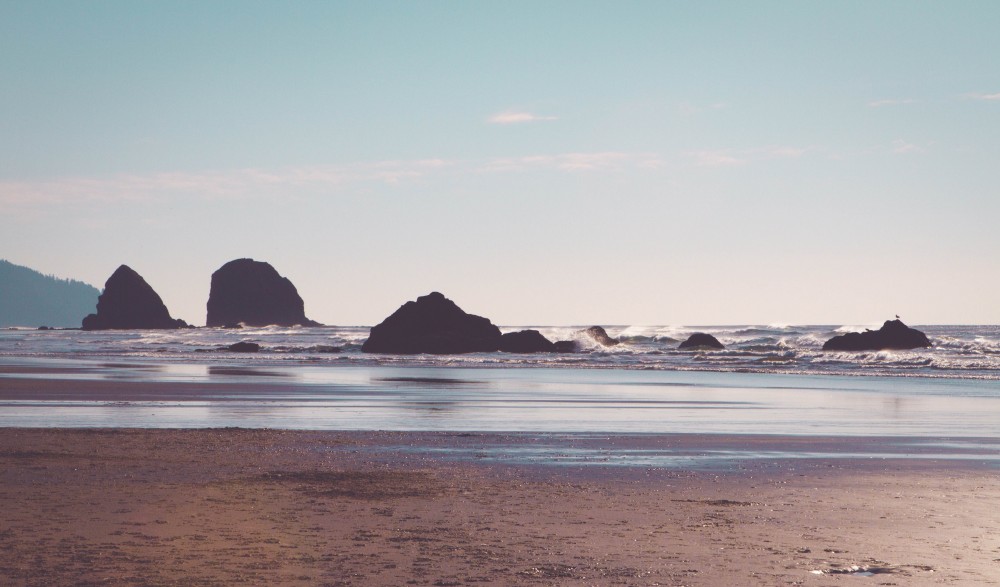The final component of this GIS course was a final project, aimed at providing a platform to showcase the culmination of knowledge gained throughout the semester.
The learning objectives were as follows:
- Identify datasets appropriate for GIS analysis and develop ways to project and manipulate those datasets.
- Conduct GIS analyses that will demonstrate knowledge of GIS analysis concepts and software tools.
- Represent the results of analysis in maps and a report.
- Follow a project proposal until the project is successfully completed.
- Build teamwork skills.
Project Proposal
Our proposed project was centred around greenspace availability in Vancouver, which is consistently ranked one of the “greenest” cities in the world, as well as one of the most walkable. For our project, we aimed to analyze current greenspaces (public community gardens, public parks, and greenways) with a walkability buffer of 400m or 5-minutes walking distance, in order to identify areas lacking accessibility to these green spaces that need development of greenspaces in order to achieve the City of Vancouver’s goal of 100% walkability to greenspaces by 2020.
The following is the abstract of our project:
“With a goal of becoming the greenest city by 2020, an understanding of the areas lacking and needing greenspace within the city of Vancouver will be vital to achieving this target date. The key is determining areas of current greenspaces in Vancouver, the accessibility the public has to these greenspaces, and areas of high priority needing reachable greenspace. While many greenspace analyses have been done for the Vancouver area, our analysis represents not just accessible park spaces, but greenways as well as community gardens that are within a 400m walkable distance. To do this we use the ArcGIS software ArcMap to develop a map that identifies areas within Vancouver that lack greenspace access and prioritized these areas based on their land use classification. From this analysis we determined that areas totalling 9.96 km2 within Vancouver are lacking greenspace, more than half of this area was found to be high priority. Greenspace and its accessibility is vital to the health of cities and its inhabitants as they create spaces for the residents of urban landscapes to live, play, socialize, and connect with nature, all the while strengthening the sense of community.”
We created several maps to showcase our results alongside our analyses of our findings. These maps, along with our analyses, can be found here, in the final project report.
Project Management and Learning Points
Overall, this team was a pleasure to work with through all phases of the project. Together, the four of us created the various maps we wished to include in our analyses, while we pieced together the flowchart along the way. We took turns at the computer, but were all engaged and active in discussions the entire time, and did not take further steps without all being in agreement. For the report writing, we set up a Google Doc so that we could work on our sections individually but still remain “up-to-date” with how the others were doing. The abstract was a collaborate effort, written once we all had our sections finished. The bibliography, maps and figures, and flowchart were also all collaborate. We split the report 4 ways, with each of us writing about 700-800 words. In my opinion, every member of my group was dependable, focused, and excited about our topic, and we each contributed to the overall product equally.
I have previously been in group projects where the process has been a frustrating experience from start to finish. This was not the case for this project. We all brought skills to the table, and were all well versed in both the science behind GIS that we had learned throughout the course, as well as the practical applications of techniques from the various labs. For the most part, we used the techniques and functions that we had previously used throughout the semester, but used them to a considerably larger extent. Our maps required extensive fiddling with the data layers – clipping, buffering, dissolving, over and over it seemed. But these steps were necessary to transform our data to what it needed to be.
Obtaining our data was also convenient: much of it was already available to us through the UBC Geography department, and the rest we obtained from the Open Data Catalogue provided by the City of Vancouver. Our data was up-to-date, and our topic had a ton of information on it online. Overall, this project was a great way to bring together the bulk of what we had learned throughout the semester. It was inspiring and rewarding to see our initial idea and project proposal come to life with maps that we created from scratch, and in-depth analyses that would’t have been as feasible without having gone through all the labs and lectures.
